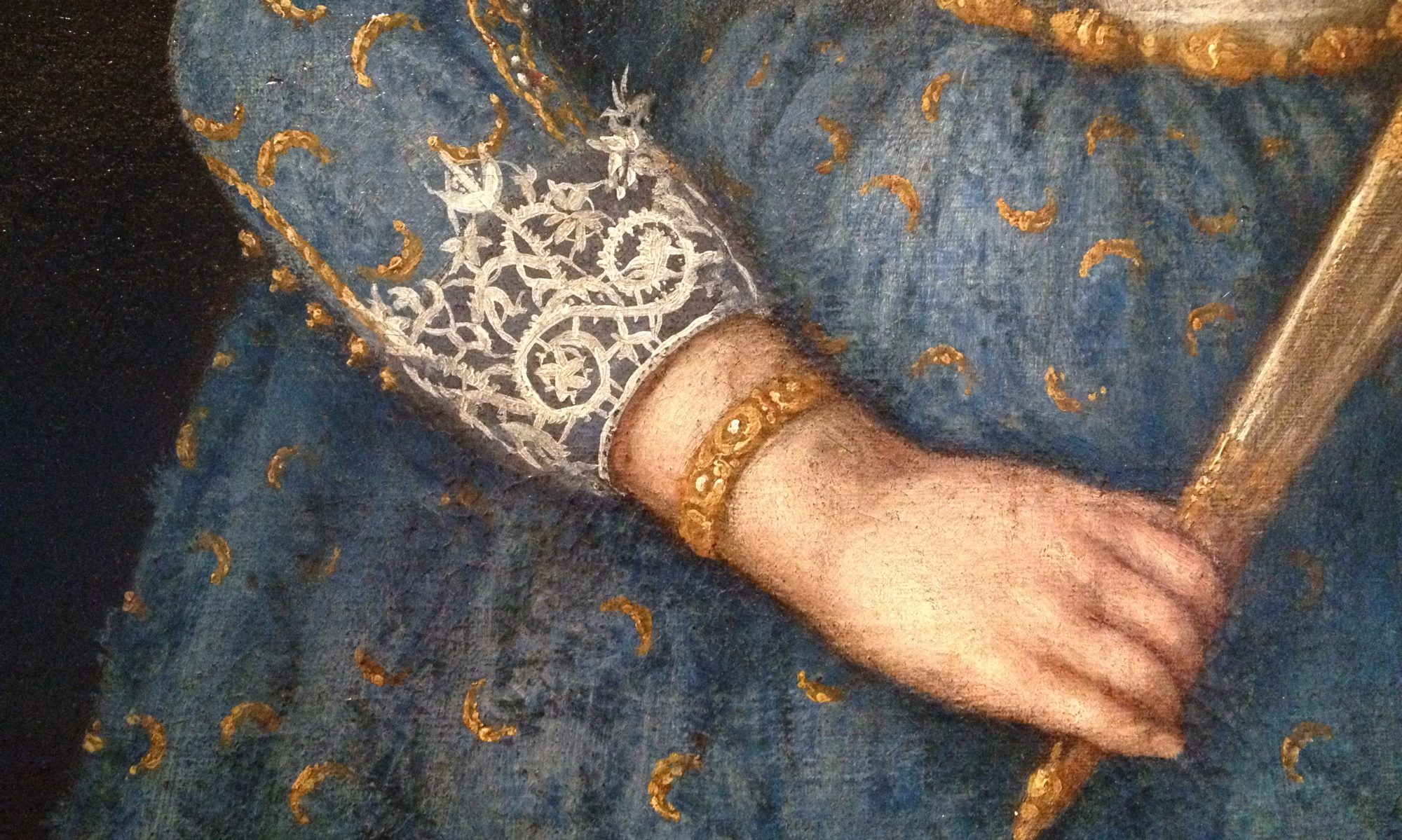All Saint’s Day, 1 November 1512: As Pope Julius II and his cardinals process into the chapel, all – with the exception of the pope who has seen the work in progress – are dumbfounded by the overwhelmingly “human” narrative suspended above them: monumental figures, many completely naked, sit or are draped over architectural structures, or even appear to fly through the open sky above. The figures appear to move as the highest ranking prelates file up through the marble gateway, carved with oakleaves and delicate geometric patterns by Mino da Fiesole a few years earlier. Most struggle to keep their eyes off the ceiling during the mass that follows. The chapel is a riot of colour and sound: gold, scarlet and white among the robed figures massed on the chapel floor; flanked no doubt by the more sombre black-robed figures of the curial officers, the cardinals’ followers, and the papal courtiers. Above them, Michelangelo’s garish colours are iridescent, in contrast to the more delicate hues of the wall paintings. As for the music, the finest male voices – still mainly northerners, rather than Italians – may have been selected to sing before the assembled court, even perhaps in Antoine Brumel’s four-part setting of “Laudate Dominum” or another polyphonal work by Josquin des Prez to celebrate the occasion.
 The ceiling was painted by Michelangelo Buonarroti between May 1508 and October 1512, a staggering accomplishment by any measure. However, the anecdotes told by Vasari and Condivi about the artist making everything except grounding the colours himself are most certainly not true. (Forcellino, Michelangelo: A Tormented Life, translated by Allan Cameron, Polity 2009) Michelangelo was helped by Florentine artists, Francesco Granacci (1469-1543) whom he had known since childhood, and others who had trained with him in Ghirlandaio’s workshop.
The ceiling was painted by Michelangelo Buonarroti between May 1508 and October 1512, a staggering accomplishment by any measure. However, the anecdotes told by Vasari and Condivi about the artist making everything except grounding the colours himself are most certainly not true. (Forcellino, Michelangelo: A Tormented Life, translated by Allan Cameron, Polity 2009) Michelangelo was helped by Florentine artists, Francesco Granacci (1469-1543) whom he had known since childhood, and others who had trained with him in Ghirlandaio’s workshop.
The myth that he completed the work, in heroic solitude, was largely created by Vasari – when all Michelangelo’s assistants were dead. Vasari described how,
“…closing himself inside the chapel, he [Michelangelo] would not open it to them [the assistants] or even see them at his home. And when they thought this joke had been carried far enough, they made up their minds and returned to Florence in disgrace. Then Michelangelo made arrangements to do the whole work by himself, and he readily brought it to a very fine conclusion with diligent effort and study; nor would he ever see anyone, to avoid having to reveal his work, and, as a result, everyone’s desire to see it grew greater every day.” (Vasari, Life of Michelangelo, trans. Bondanella, p. 440)
The mysteries of the ceiling and its interpretation continue to stir up debate among historians: however, as always, the monumental brilliance of the paintings and their portrayal of a narrative sequence from man’s most abject actions (Noah’s drunken stupor and Cain’s murderous actions) to divine grace and the hope of redemption are at the heart of Michelangelo’s work.
 This anniversary is also marked by a display of Michelangelo’s drawings for both the Sistine and the Pauline chapels as part at the exhibition “Leonardo e Michelangelo. Capolavori della grafica e studi romani” at Musei Capitolini in Rome (29 October – 12 February 2012).
This anniversary is also marked by a display of Michelangelo’s drawings for both the Sistine and the Pauline chapels as part at the exhibition “Leonardo e Michelangelo. Capolavori della grafica e studi romani” at Musei Capitolini in Rome (29 October – 12 February 2012).

One Reply to “”